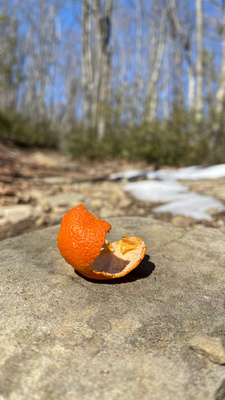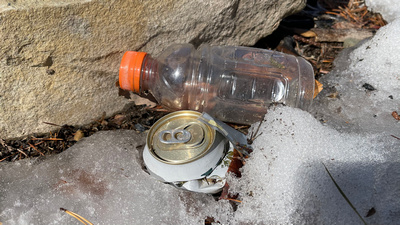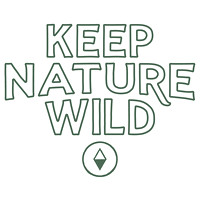Reducing your impact on natureMy Trail Notes Blog was created to document and share my hiking, kayaking, and camping adventures with you. Before launching the blog, I did my research and thought about the impact a blog would have on the locations that I shared. I looked at hiking blogs, local travel resources and spoke to other photographers and hikers before ever launching the blog. I even heard from two individuals who were unable to hike on rocky uneven terrain due to health limitations and they said a blog would give them the opportunity to see some places they could no longer explore. The feedback I received overall was positive but not everyone was as supportive. Location Dropping The biggest pushback I received was with sharing the locations of some of the amazing places in Pennsylvania. I understood the concern and wanted to make sure my actions would not adversely affect these locations. I created a few guidelines to follow when blogging and posting on social media that align with the Leave No Trace, Keep Nature Wild, and Nature First Principles. Some of the guidelines include...
The good thing about having a blog is that I have full control over the content and the ability to make adjustments when necessary. I regularly talk to Park Rangers when out on the trail and always ask questions to find out if there are any issues or if there are any trails they need help cleaning up. Are there locations that I do not share? Yes! Most places I explore never even make it to my blog or social media accounts. These areas need to be preserved and protected by limiting the foot traffic and attention they receive. Extra foot traffic will ultimately lead to trail erosion, the creation of new trails through sensitive areas, trash being left behind, the trampling of crucial ecosystems including plants, microorganisms, and wildlife.
The most important thing that I found missing during my research was the education portion about taking care of what we have. There are many gorgeous areas that have gone from pristine waterfalls lined with ferns and moss to trash floating in the stream, new paths right through the ferns, and moss along the falls replaced with mud and rock from being trampled. We can protect these locations and make them better by educating people on the trails while hiking and online in the communities we have built on social media. My favorite local waterfall is a hotspot in the summer months for its rope swing and cliff jumping. Every time I go there, I bring several trash bags, extra gloves, and ask the kids to help pick up. Not once did anyone say no and some have commented how much nicer their hangout spot looked when we were done. Some have even asked if they could take the trash bags to the trailhead when they left. These small, positive interactions will stick with them on their future visits and make them appreciate what they have, maintain it, and take care of it. On future visits over the years, I have removed less and less trash from this location even though there are more and more people each summer. The resurgence in the outdoor experience The great outdoors is experiencing a resurgence right now with everyone getting cabin fever and quarantine crazy. If you are not an early riser lately, trailheads are packed, campsites booked, and boat launches are full by late morning. I believe this excitement for the outdoors is a good thing because younger generations are finding a new appreciation for the outdoors or experiencing the outdoors for the first time. Getting younger generations involved will help protect what we have for future generations through education on leaving what we have better.
Each of us plays an integral part in protecting and preserving our natural resources. Every time you go outside it is important to understand how your actions will affect plants, animals, ecosystems, and other people. Below are some of the principles that will help all of us as we explore and experience the outdoors together. 1. Leave No Trace | website
2. Keep Nature Wild | website
3. Nature First | website
4. Backpacker Radio | website
Sources: Leave No Trace | Keep Nature Wild | Nature First Note: Masks are required indoors and outdoors. When indoors, masks are required anytime you're with people outside of your household, even if you're socially distant. Face masks are required in all federal buildings and federal lands. Always check local guidelines before traveling.
Keywords:
discover NEPA,
get outside,
hiking,
hiking blog,
keep nature wild,
leave no trace,
pocono mountains,
wild keeper ambassador
Comments
No comments posted.
Loading...
|






